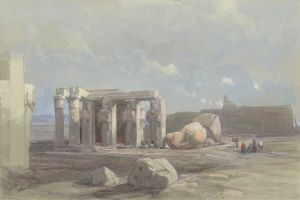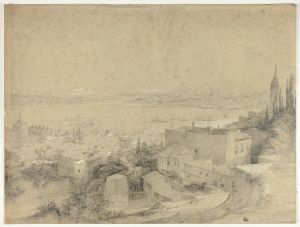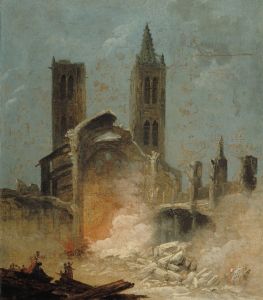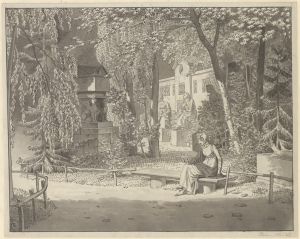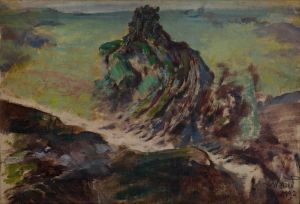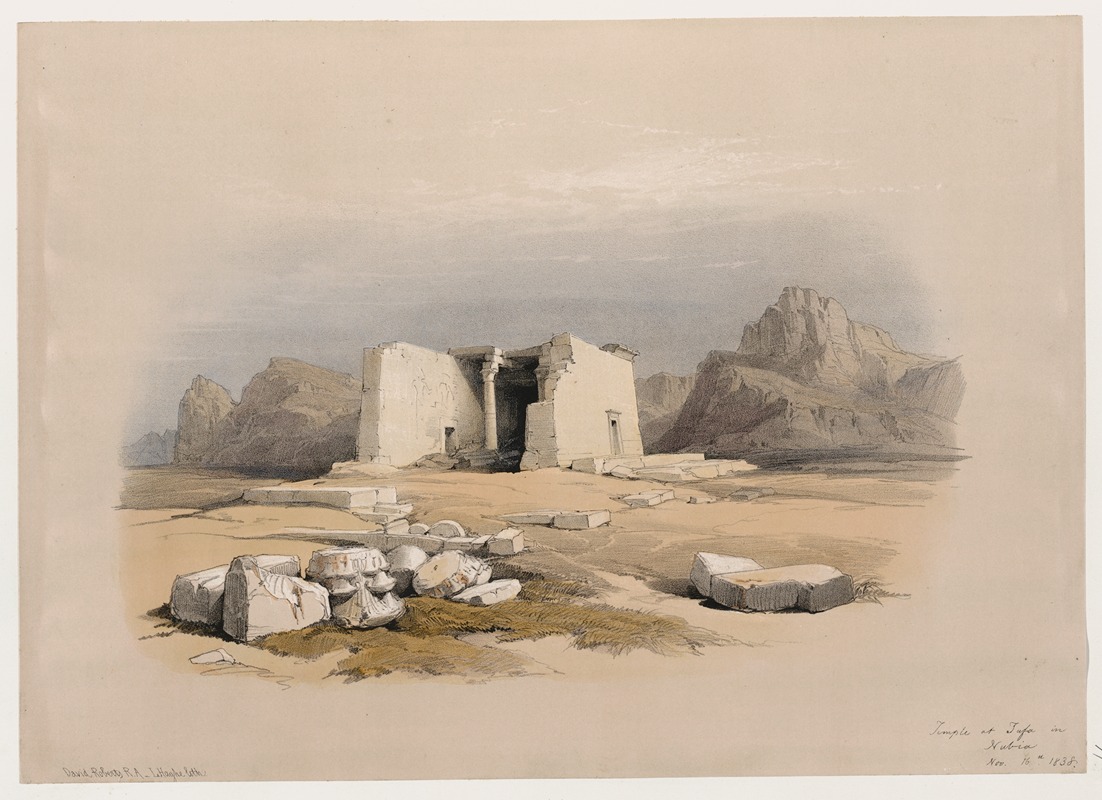
Temple of Tafa, in Nubia. Nov. 16th, 1838.
A hand-painted replica of David Roberts’s masterpiece Temple of Tafa, in Nubia. Nov. 16th, 1838., meticulously crafted by professional artists to capture the true essence of the original. Each piece is created with museum-quality canvas and rare mineral pigments, carefully painted by experienced artists with delicate brushstrokes and rich, layered colors to perfectly recreate the texture of the original artwork. Unlike machine-printed reproductions, this hand-painted version brings the painting to life, infused with the artist’s emotions and skill in every stroke. Whether for personal collection or home decoration, it instantly elevates the artistic atmosphere of any space.
"Temple of Tafa, in Nubia. Nov. 16th, 1838." is a painting by the renowned Scottish artist David Roberts, known for his detailed and romanticized depictions of architectural and historical sites in the Middle East and North Africa. This particular work is part of Roberts' extensive collection of lithographs and paintings that document his travels through Egypt and Nubia during the 19th century.
David Roberts embarked on his journey to the Middle East in 1838, a time when European interest in the region was growing, fueled by both scholarly pursuits and colonial ambitions. His travels took him through Egypt and Nubia, where he meticulously sketched and painted various ancient monuments, temples, and landscapes. These works were later turned into lithographs by Louis Haghe, a skilled Belgian engraver, and published in a series titled "The Holy Land, Syria, Idumea, Arabia, Egypt, and Nubia."
The Temple of Tafa, depicted in this painting, was originally located in Nubia, a region along the Nile river, which is now part of modern-day southern Egypt and northern Sudan. The temple was built during the Roman period, around the first century AD, and was dedicated to the Egyptian gods. It was one of many temples in Nubia that were constructed to demonstrate Roman power and influence in the region.
Roberts' painting captures the temple amidst the stark and arid landscape of Nubia, highlighting the contrast between the ancient stone structure and its natural surroundings. His work is characterized by a keen attention to architectural detail and a romanticized portrayal of the scene, which was typical of the Orientalist art movement of the time. This movement often depicted the Middle East and North Africa as exotic and mysterious, catering to the European fascination with these regions.
The Temple of Tafa itself was relocated in the 1960s as part of the International Campaign to Save the Monuments of Nubia, an effort led by UNESCO to preserve significant archaeological sites threatened by the construction of the Aswan High Dam. The dam's creation led to the flooding of a large area, including many ancient sites. The Temple of Tafa was moved to the Netherlands and is now housed in the Rijksmuseum van Oudheden in Leiden.
David Roberts' works, including "Temple of Tafa, in Nubia. Nov. 16th, 1838," are significant not only for their artistic value but also for their historical documentation of sites that have since changed or disappeared. His paintings and lithographs provide a visual record of 19th-century Nubia and contribute to our understanding of the region's cultural and historical heritage. Roberts' legacy continues to be appreciated by art historians and enthusiasts who value his contributions to the documentation of ancient sites and his role in the Orientalist art movement.





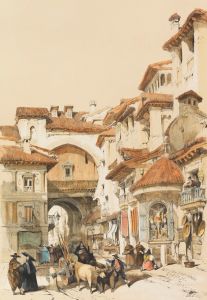

![Dendera [Dandara]. Dec. 7th, 1838.](/imgs/217475/s/david-roberts-dendera-dandara-dec-7th-1838-b9529a2b.jpg)
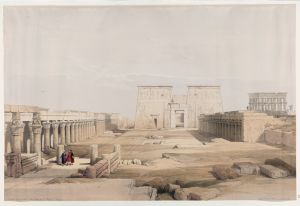
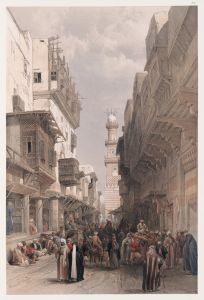
![Tombs of the Khalifs [Caliphs], Cairo.](/imgs/217567/s/david-roberts-tombs-of-the-khalifs-caliphs-cairo-375b2402.jpg)
